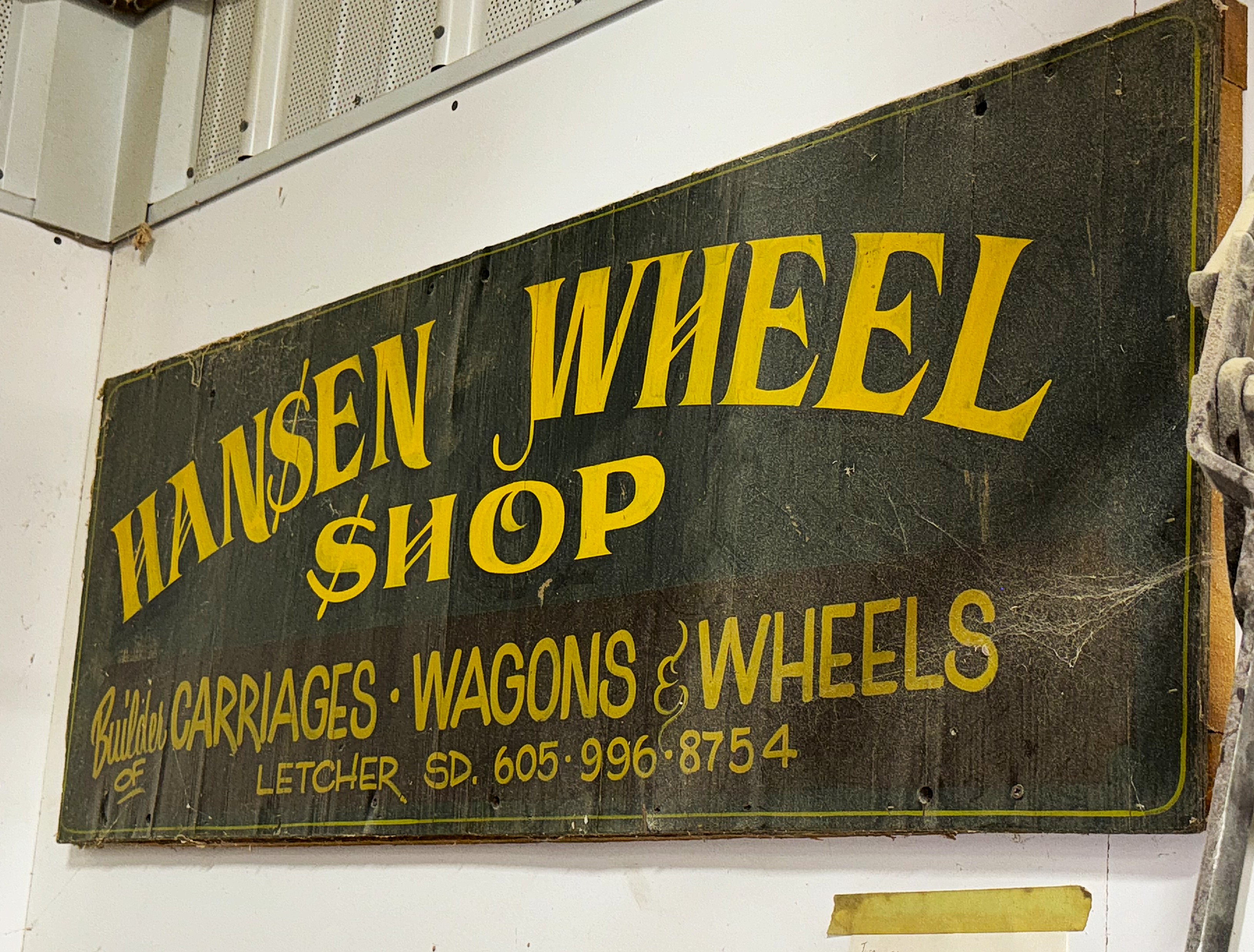Last week, we looked at an incredible 19th century Newton wagon that Jack Ramey uses in his cooking and competition events. It's a legacy-rich chuck wagon and the kind of authentic survivor that has a lot to share. For folks interested in seeing more chuck wagons and learning more about Dutch oven cooking, check out the American Chuck Wagon Association website at americanchuckwagons.com
With that said, we still have another handful of intriguing chuck wagons to highlight. If you're wondering how we narrowed down the list of wagons to review... well, it was pretty complicated with some sophisticated formulas and a whole slew of algorithms. Well, actually, I just picked the shots that were sent to me. Ha! So it was pretty simple! Over the past few weeks, I had reached out to several sources I felt sure had at least one special set of wheels. All were gracious enough to share some images.
Kicking off this week, we'll look at couple of chuck wagons that Doug Hansen of Hansen Wheel & Wagon Shop (HWWS) sent in. Doug and his team are no strangers to quality early vehicles so I knew he would have something good to share.

First up from Doug is a brand from the 'Gateway to the West.' The history of the Weber & Damme (Philip Weber & Henry Damme) company in St. Louis starts around the beginning of the Civil War. Prior to the two getting together, though, Henry Damme had been a wagon maker since the mid-1850s. For more details on this legendary brand, we'll soon be posting an article I wrote years ago about six different St. Louis builders. With that as a little background, this Weber & Damme chuck wagon, finished out by the team at HWWS, has a number of features that set the entire piece apart. Note the callouts I've placed with the photos.
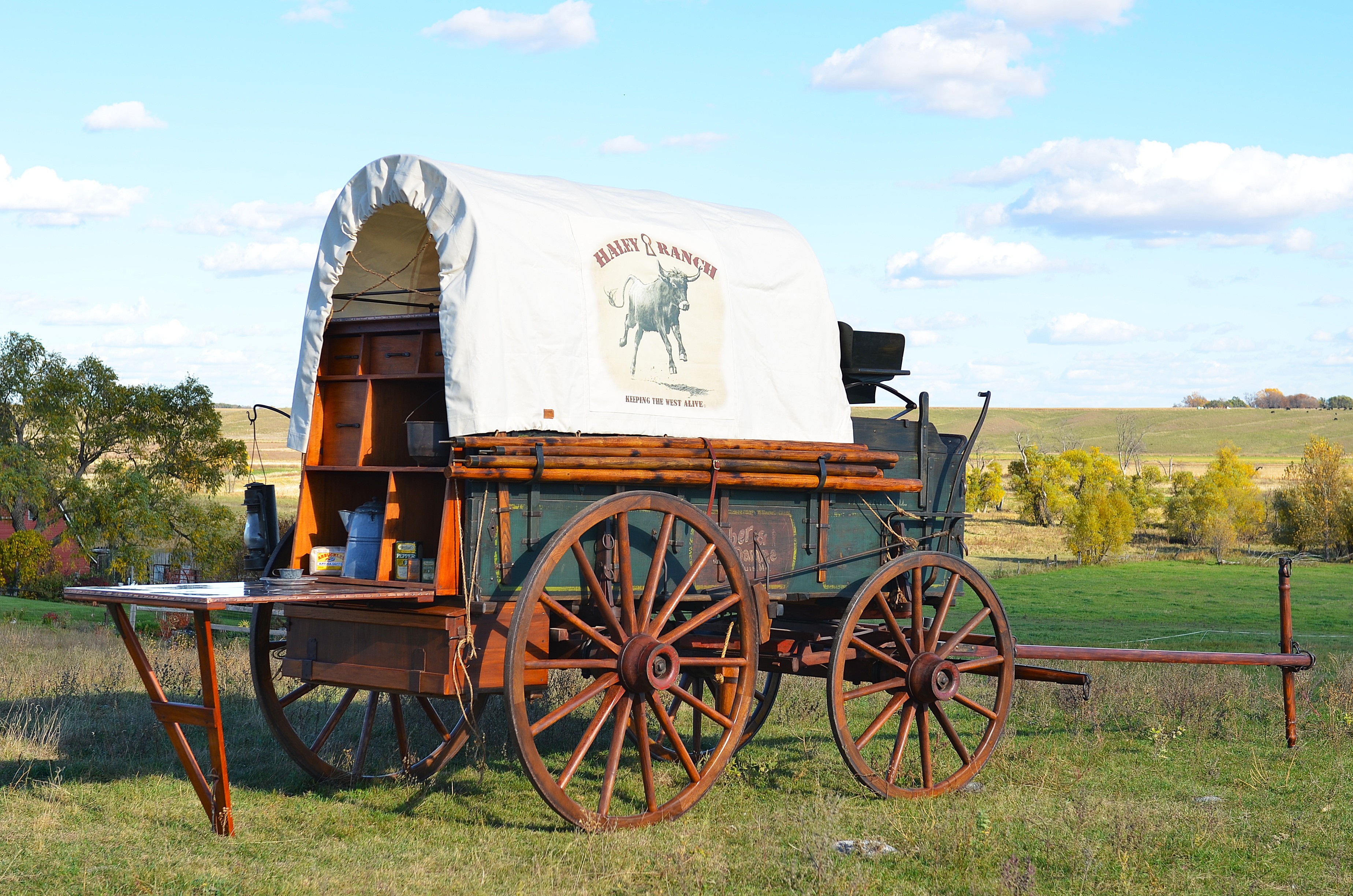
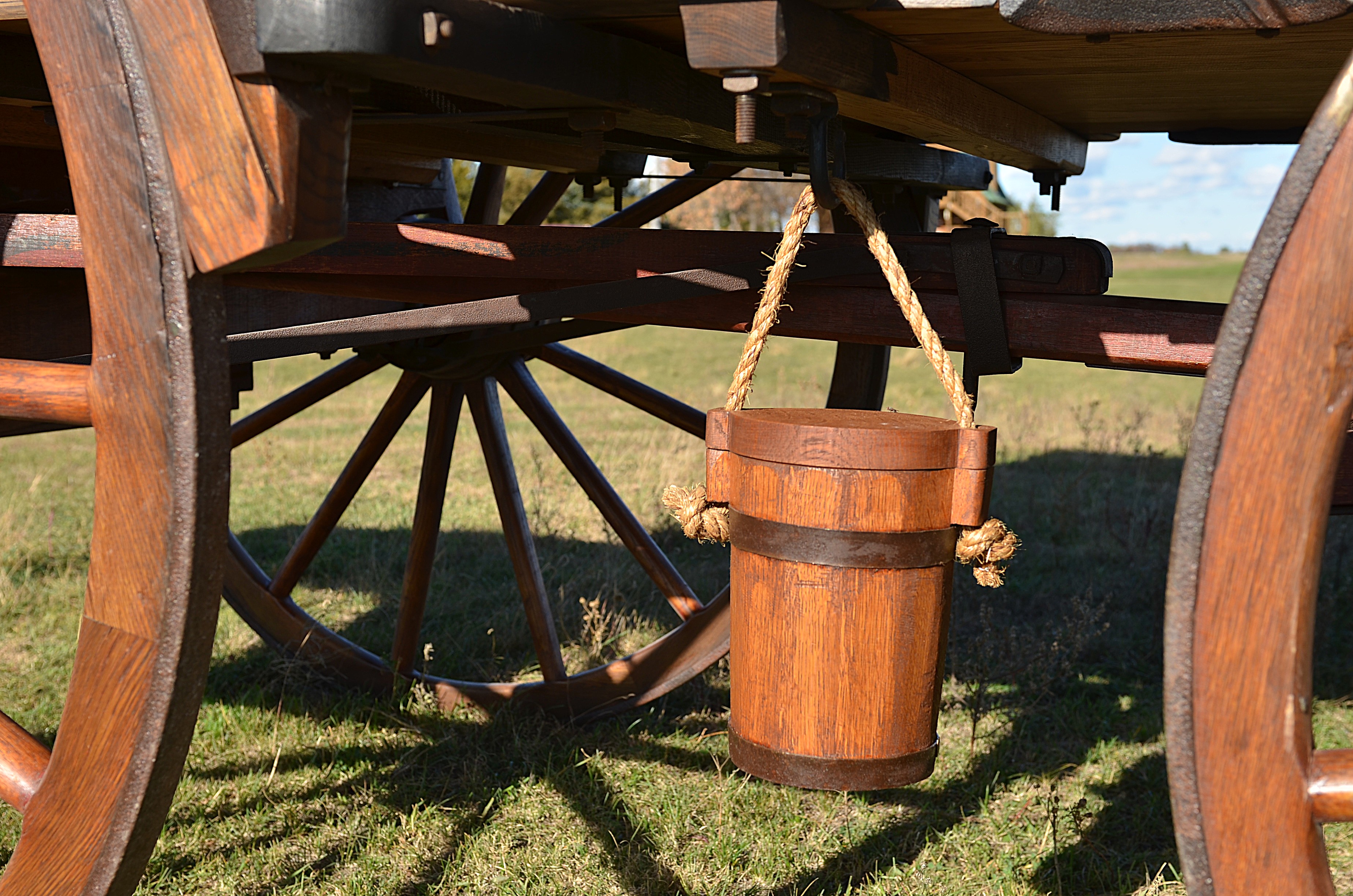
In this image, we can see a different type of reach connection. Instead of the 'slip' reach that many folks are familiar with, this wagon is equipped with a 'banded' reach. It is an early style of reach (coupling pole) connection that can occasionally be found on early 20th century models as well.
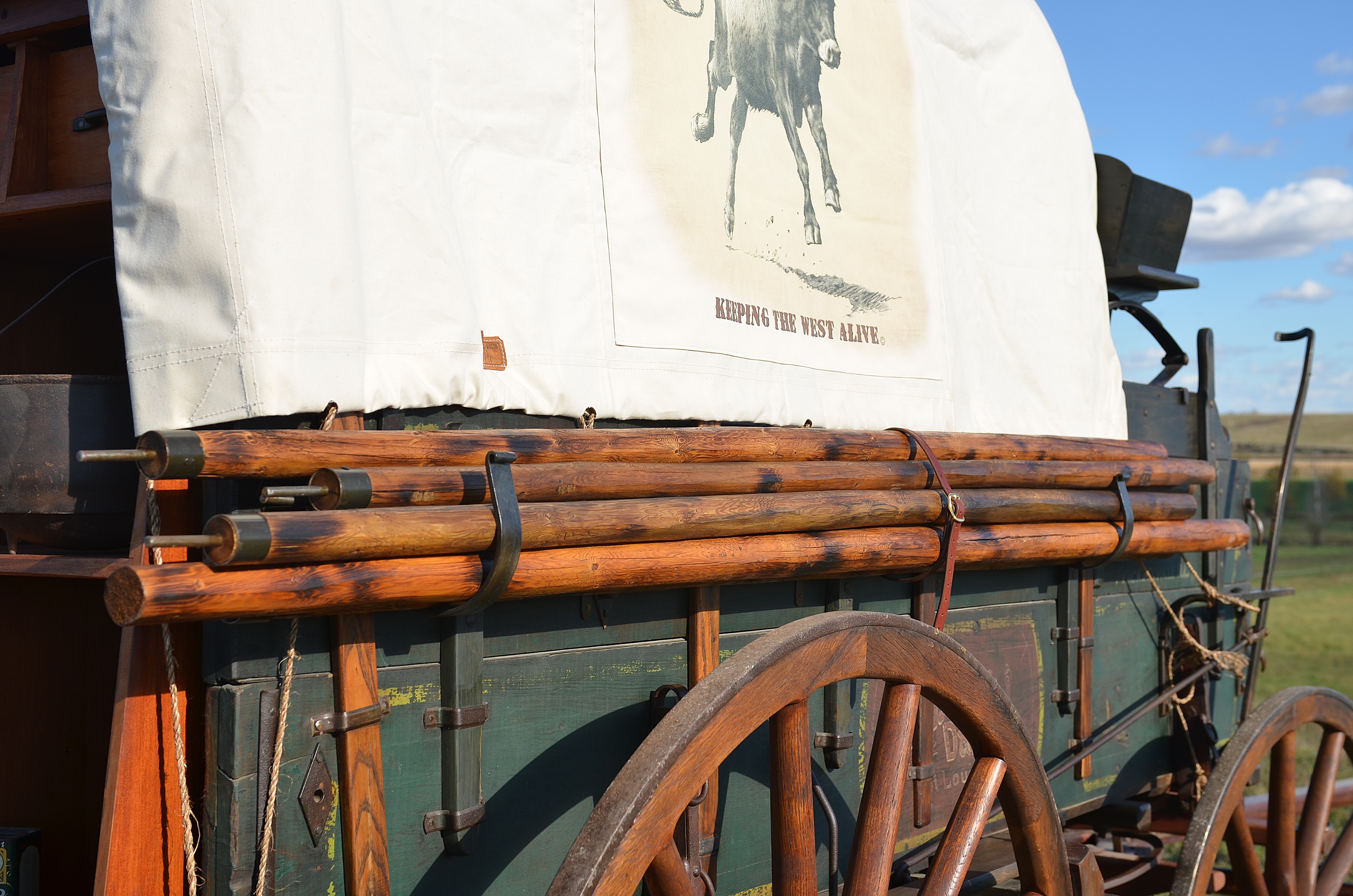
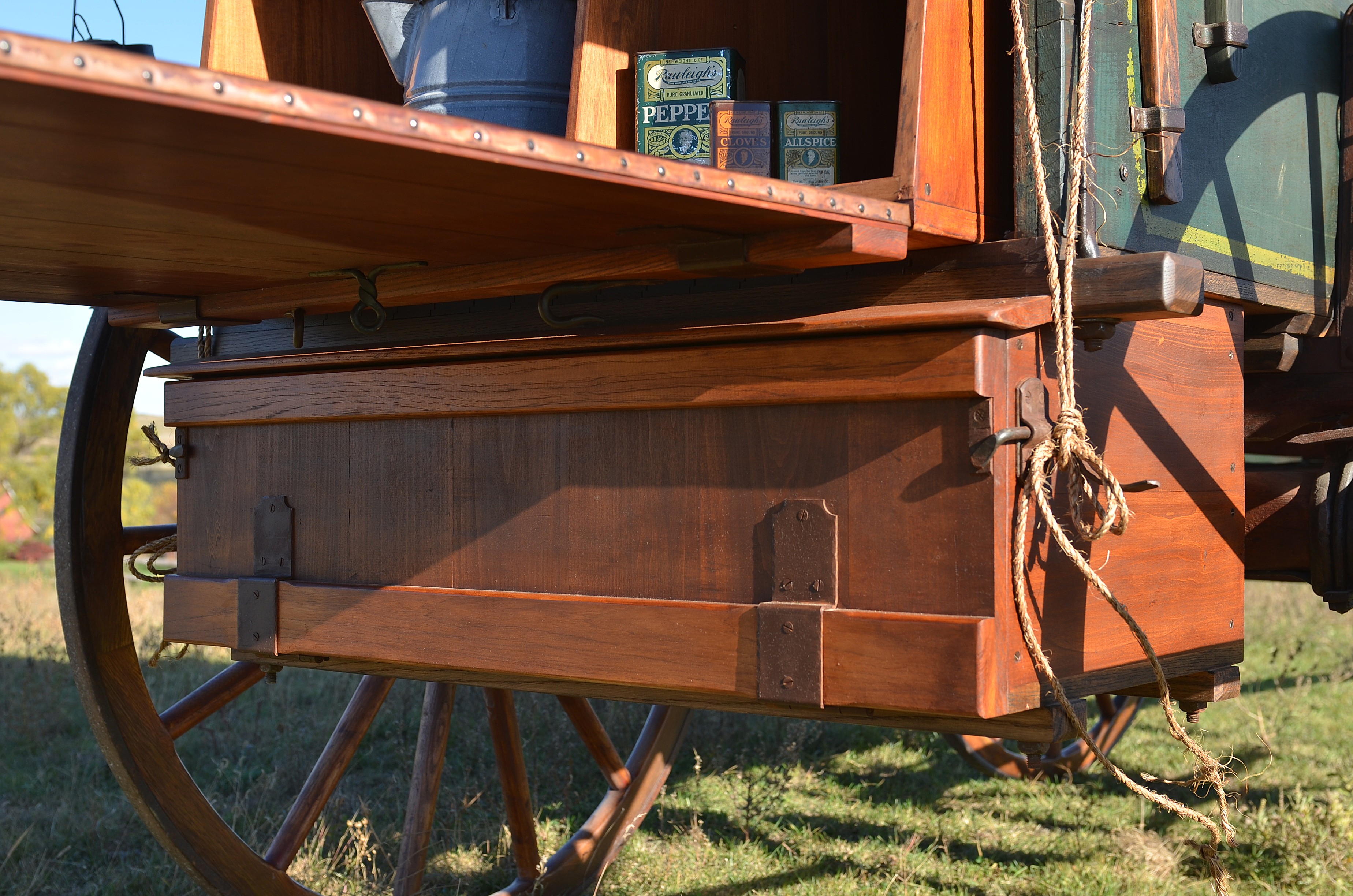
This lower profile pan boot is well proportioned for the vehicle.
The other chuck wagon Doug sent images of is a Winona. If you've done any exploring of notable wagon makers, you know this name. Hailing from Winona, Minnesota, this brand has roots to the late 1860s in Rushford, Minnesota. For several years, the fledgling Rushford Wagon brand held its own but a fire in 1879 was enough to encourage the owners to start afresh. The company was moved about a day's wagon drive north to Winona, Minnesota, near the Mississippi river. Thus it was that the 'Winona' Wagon Company was born. Winona built a number of different styles of wagons, including farm, freight, log, business, and even Sheep Camps. This particular Winona is a Mountain wagon, meaning it has specific design features that were engineered to take on some of the toughest, most rugged terrain in the U.S.
Doug passed along a few 'Before, During, & After' photos and it's easy to see the expertise his team leveraged in bringing the old running gear back to life, impressively matching the original paint, striping, and markings. This wagon is over a century in age, likely dating to the teens of the 20th century.
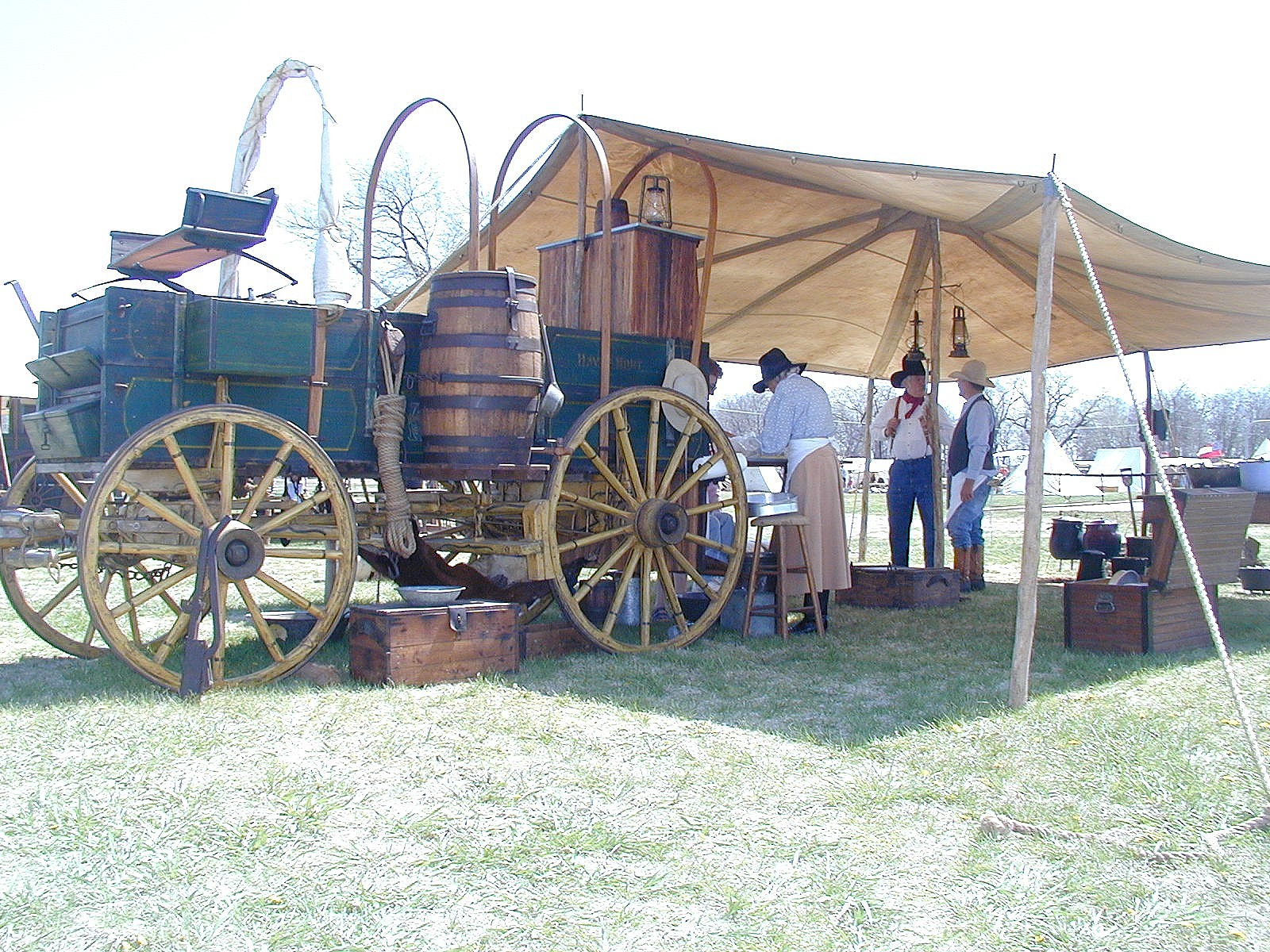
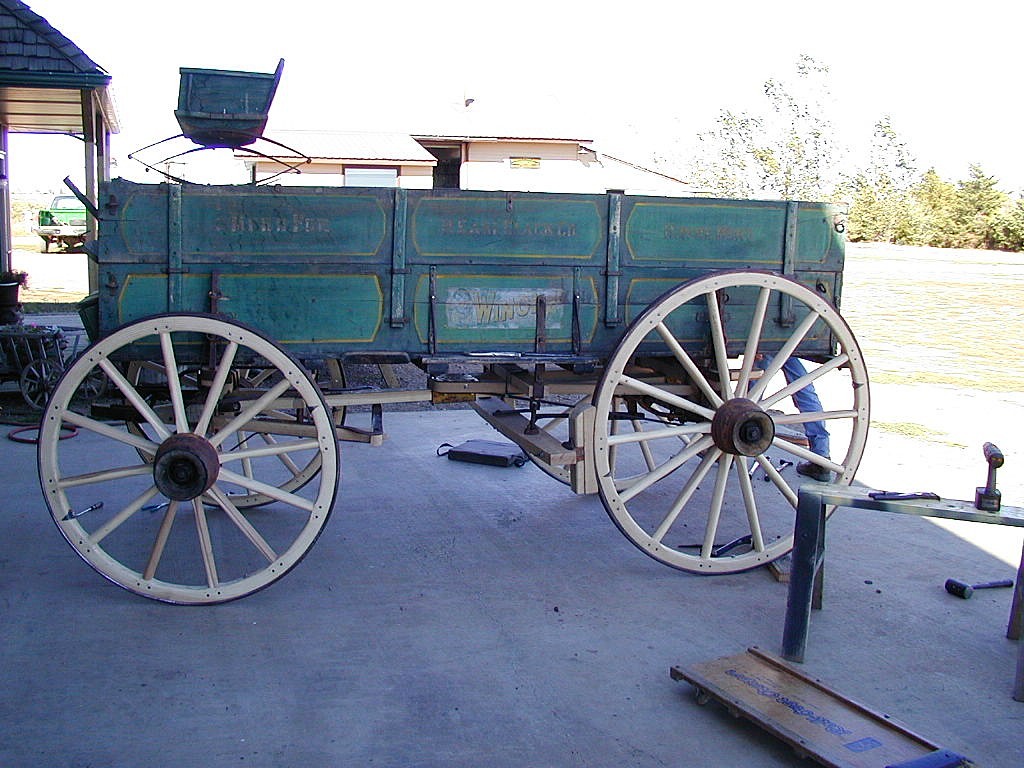
IMMEDIATELY ABOVE... this BEFORE shot, shows the Winona Mountain wagon with a rebuilt running gear, prior to the period-correct paint, striping, and stenciling being applied.

Hansen's team also specializes in providing an aged appearance to paint, helping reinforce the character and overall 'look' of the piece. Note the steel skein, Iron Clad hub, and 'Outer Bearing' iron block located between the skein and bolster. This block gave the gear tremendous support and strength for heavier loads as well as the demands of rugged country.
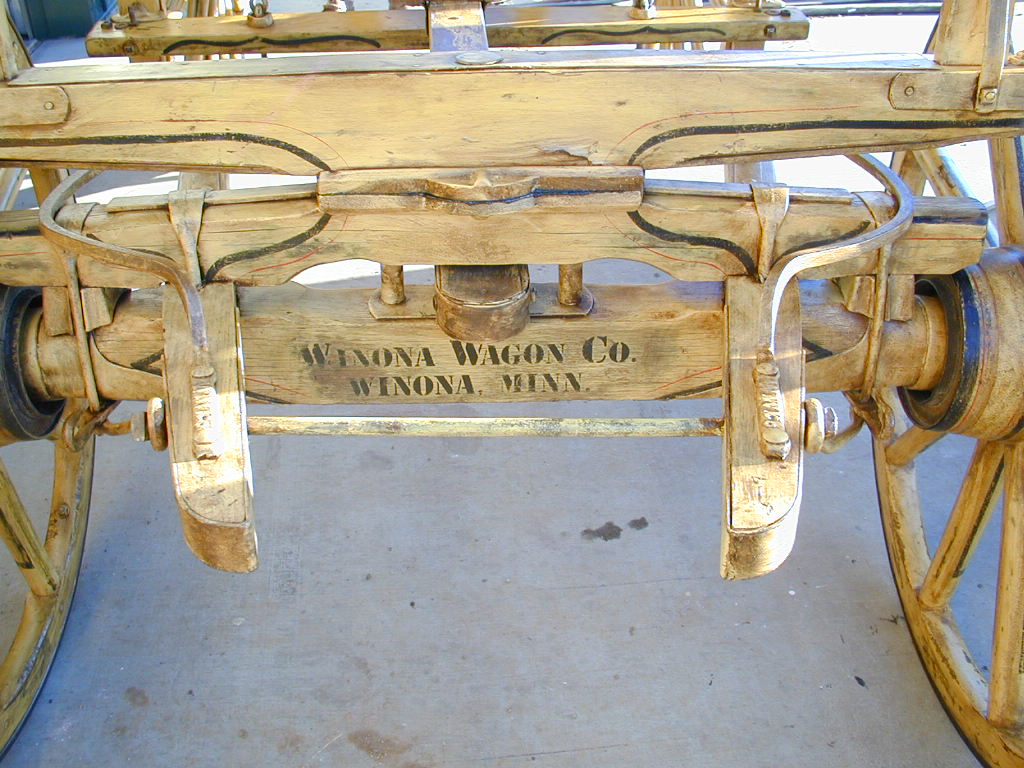
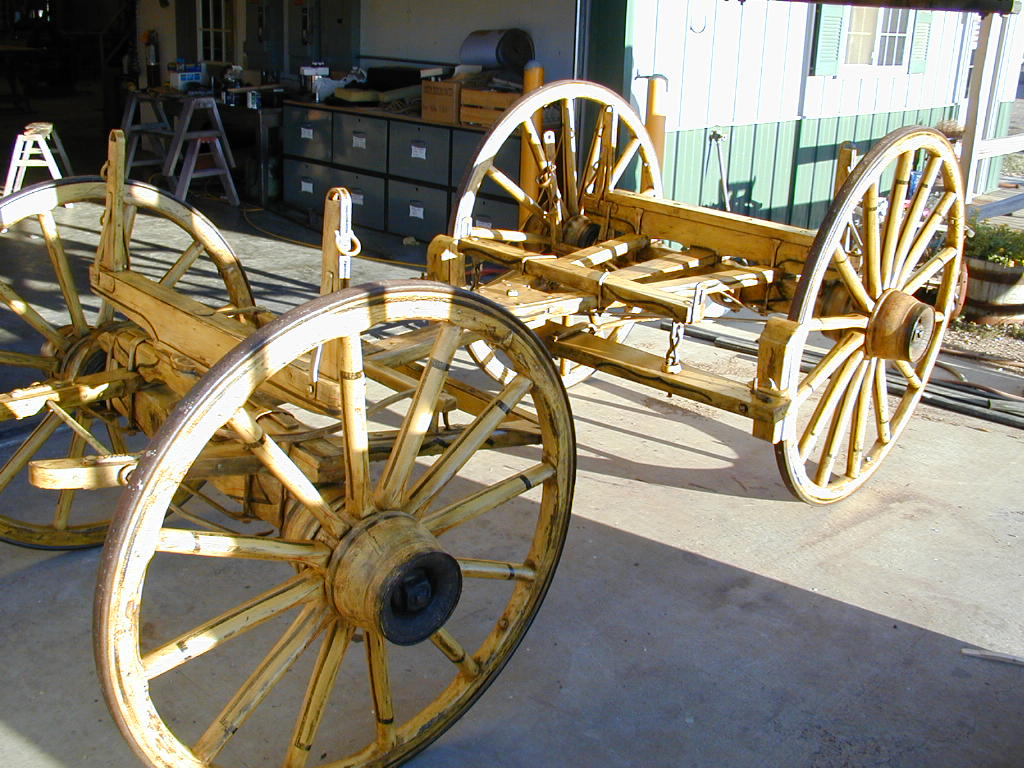
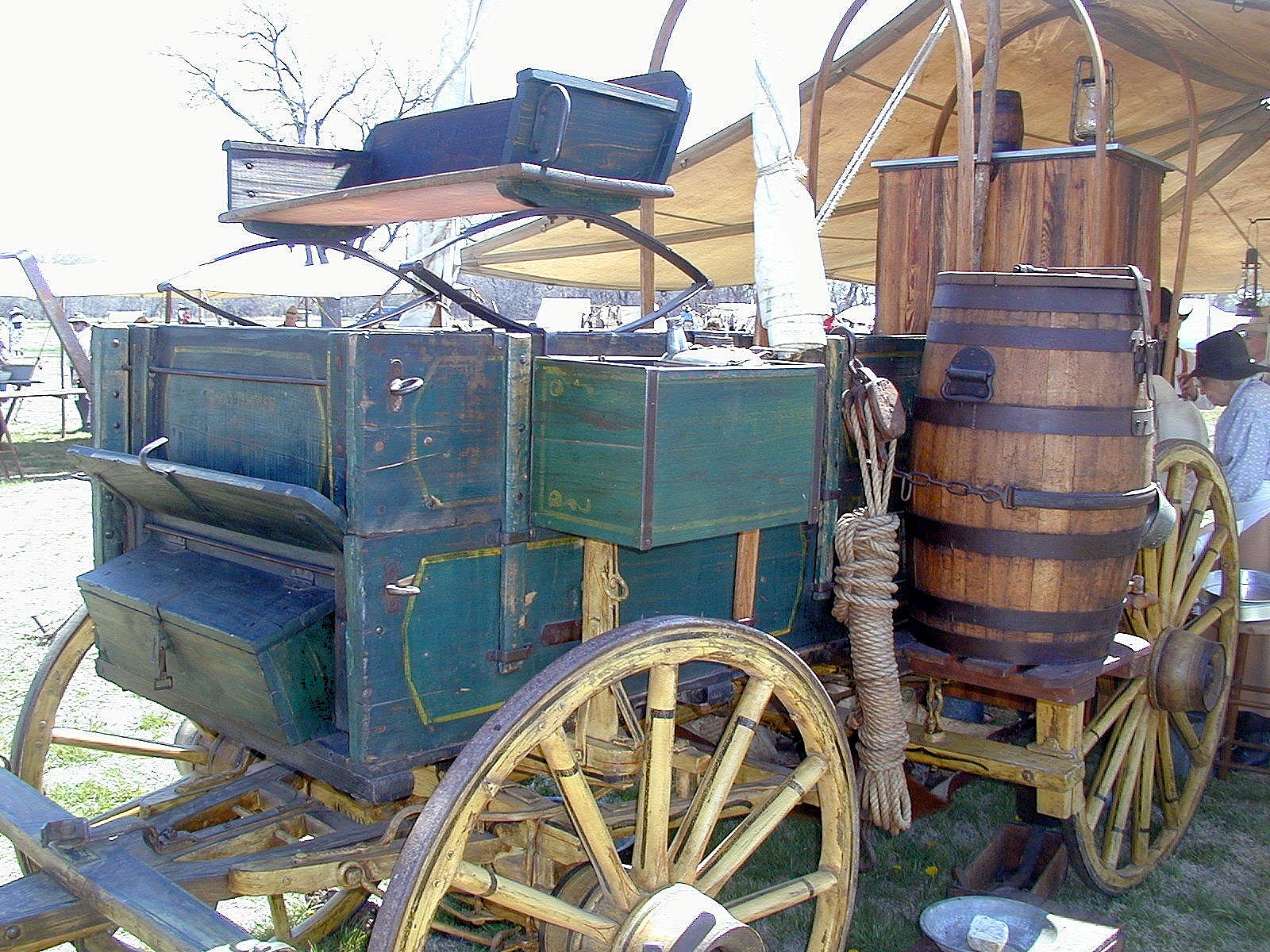
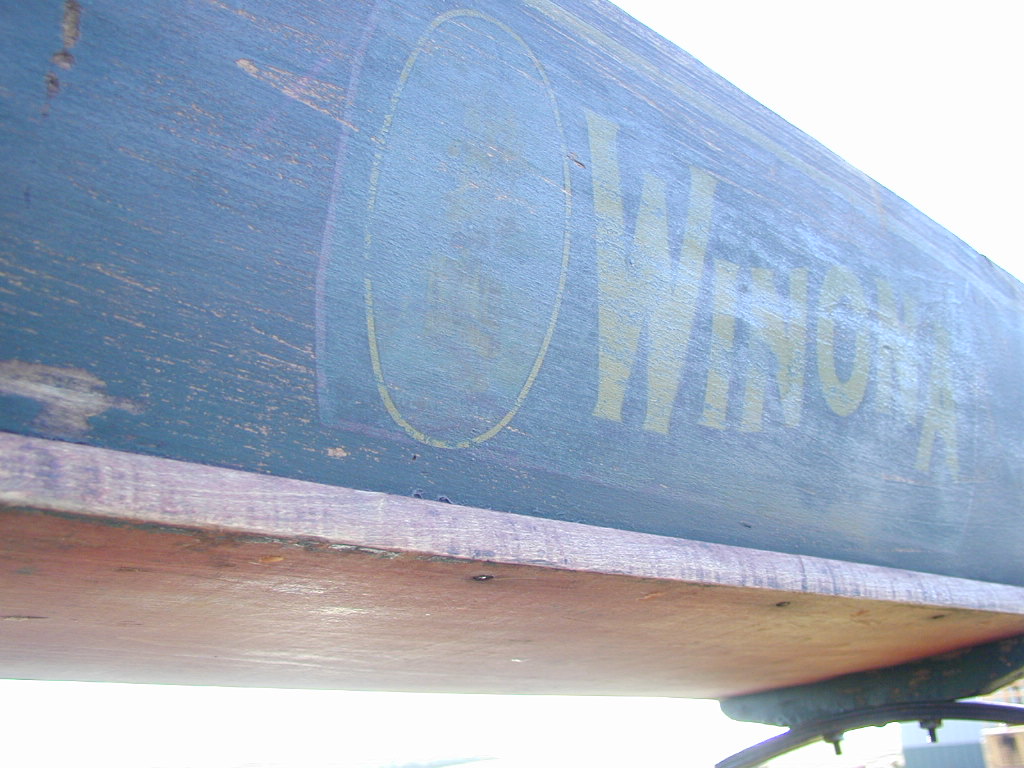
The period correct, matching seat adds an extra flair to this Winona chuck wagon.
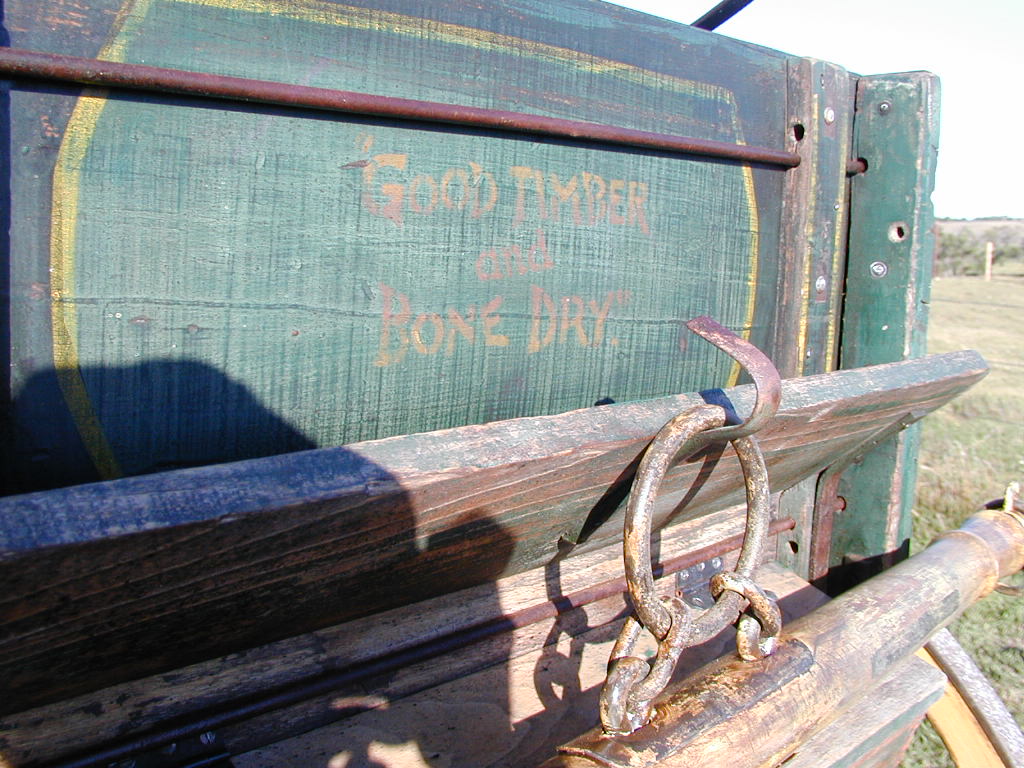
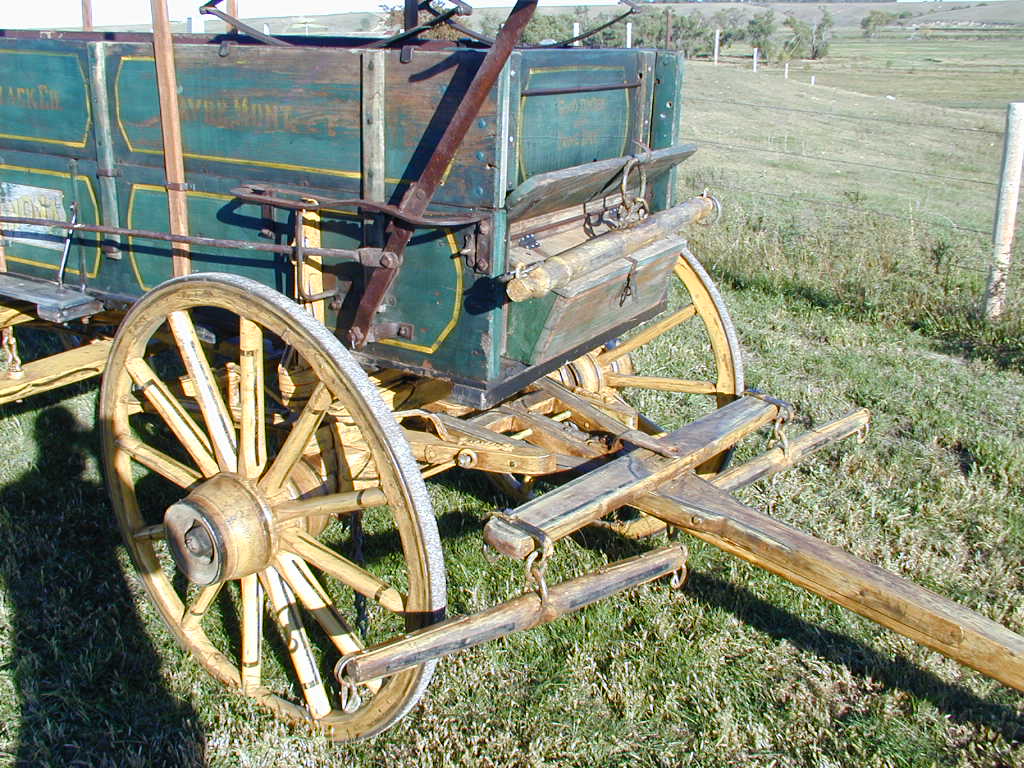
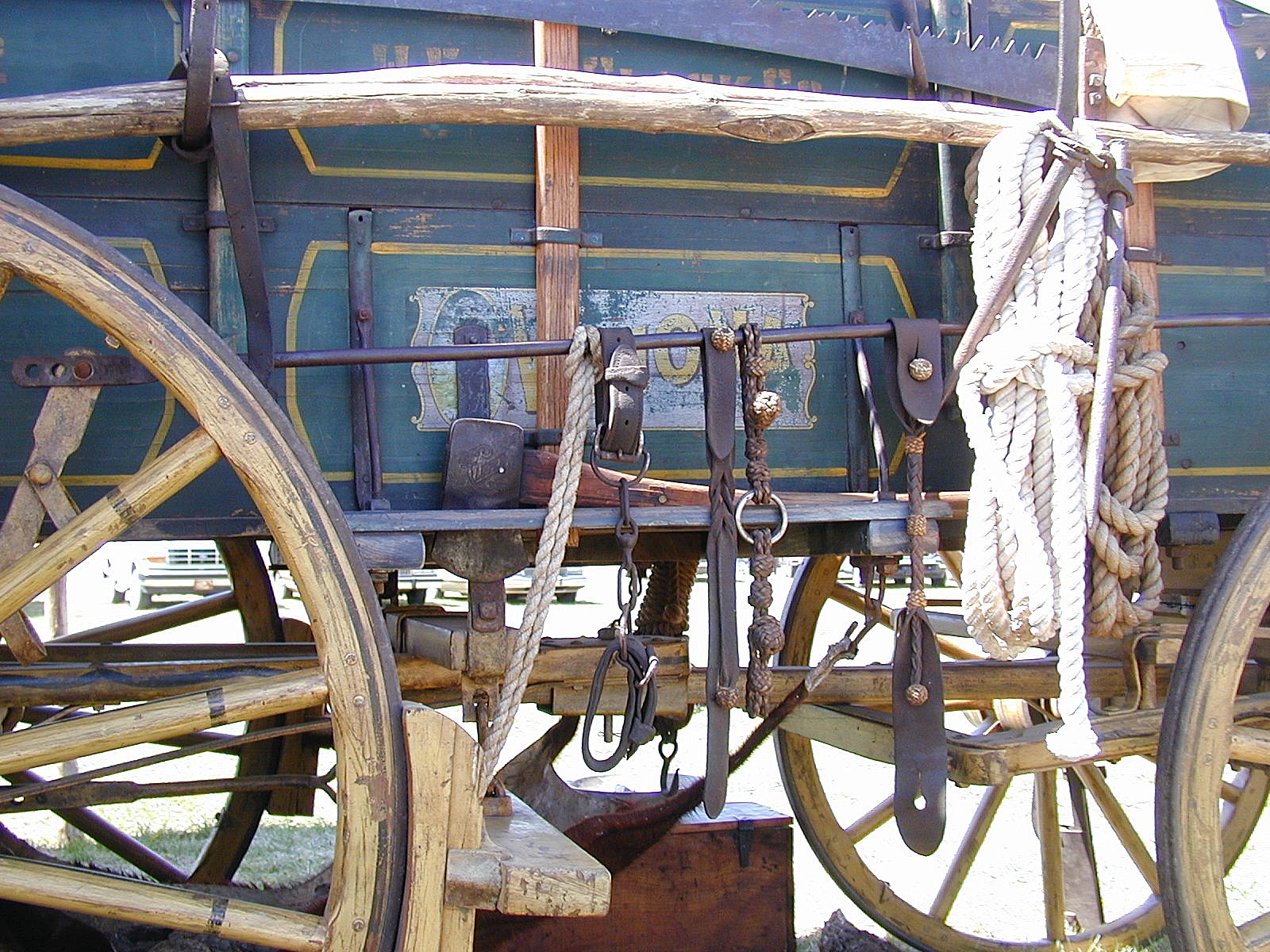
Ultimately, close attention to details can open up a world of insight and appreciation for these machines. Every vehicle is different and each holds the potential of teaching us something new.
Our western vehicle blog continually provides a one-of-a-kind look at the wheels that traversed the American frontier and witnessed so much history. We're blessed to have our writings and research followed the world over and thank you for making us a regular stop in your internet excursions. From our beginnings, more than three decades ago, our goal has been to offer authoritative answers and information about some of the greatest symbols of the Old West... period wagons, stages, and other heavy vehicles. With hundreds of blogs, articles, and presentations to our credit, we're pleased to continually showcase some of the most overlooked and forgotten parts of our western past.
By the way, if you're not already onboard, don't forget to SIGN UP for NOTIFICATIONS each time we update the blog, articles, vehicles, and other sections on our site. It's quick and easy... just click on the SIGN UP link in the upper right of our web page and then leave us your email address. We'll take care of the rest.
Thanks again to the entire Hansen Wheel & Wagon Shop team. Up next, we'll travel east of the Mississippi and take a look at two-of-a-kind...a pair of chuck wagons based on the same hard-to-find design.
See ya soon!
David
Ps. 20:7
